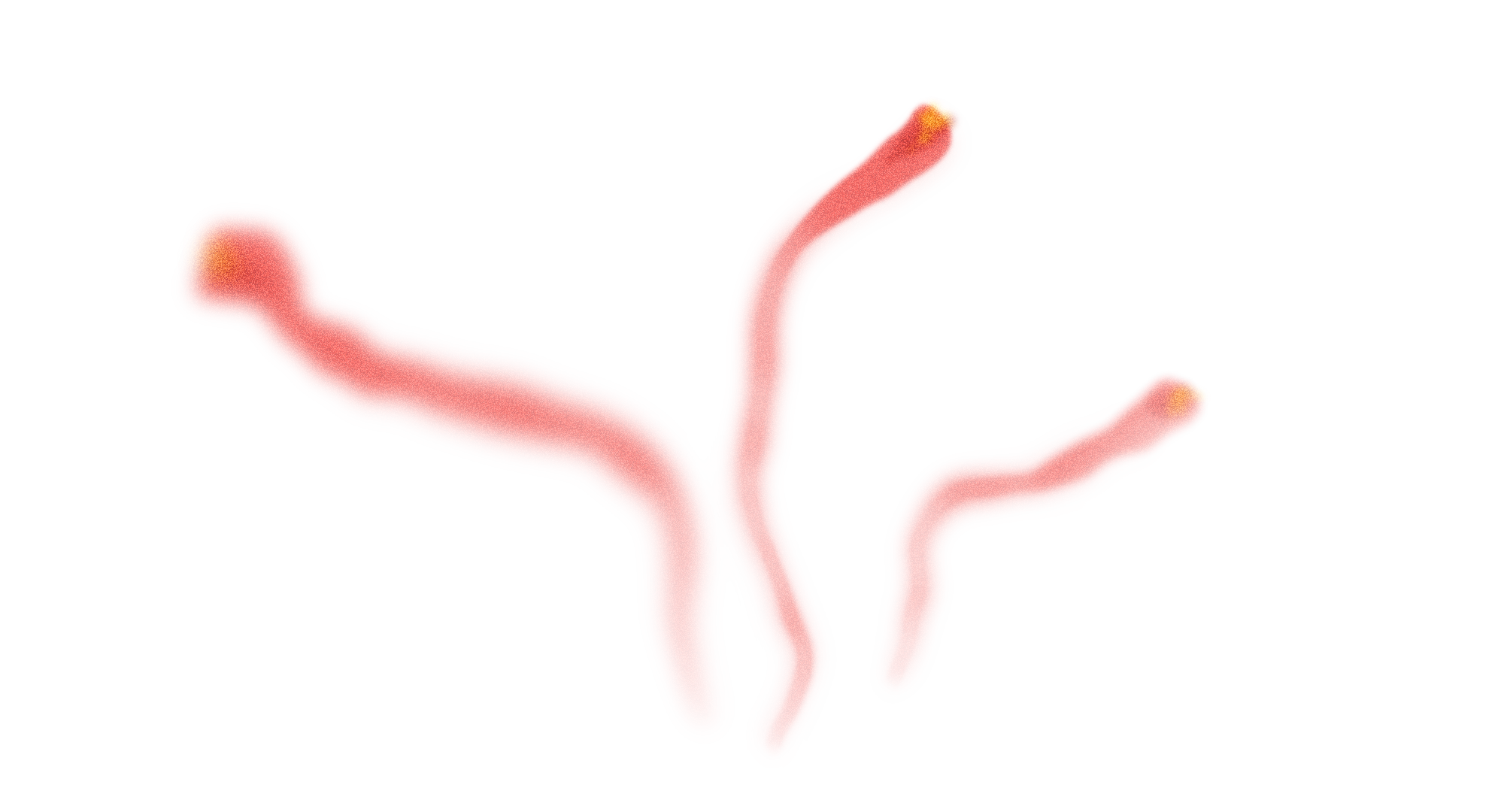
It’s the most priced spice in the world.
And the most exclusive too.
Crocus Sativus
Linnaeus
Saffron comes from a beautiful violet flower, the saffron crocus, from its dried red stigmas. It needs extreme weather, hot and dry summers and cold winters, and a well-balanced soil.It’s in autumn, and only for a few days, when the saffron crocus blooms. And this is how a long process begins, tough and delicate at the same time, which will bring us the most appreciated spice in the world.
To better preserve all saffron properties, flowers must be harvested as soon as they blossom. That’s why growers go to their fields at sunrise, trying to pick buds before they open completely.
Once flowers have been collected, stigmas are separated and flowers are discarded following an artisanal process passed on from generation to generation. From each of the flowers harvested, only three stigmas are obtained, which must be dried immediately for long term storage.
By the end of the whole process, the stigmas will have reduced to one-fifth of their original weight, so to obtain only one kilo of dried saffron about 150,000 flowers are needed.
we are specialists
As subtle as versatile
The saffron flower is only produced in few parts of the world. However, each producing area uses different cultivating and processing techniques that give saffron different nuances.For us, knowing each of its varieties is what makes us experts. But knowing each market is what makes us specialists. That’s why every year our saffron is in more than one hundred million dishes worldwide.
from origin
Origin
Our knowledge of the sources of supply allows us to access the best saffron in each producing area.
Threads
Saffron stigmas carefully selected and preserved, ready to use.Ground
In our processing plant, we grind saffron threads to obtain different particle sizes, adapting to customer needs.Type
Type
Organic
Grown and harvested under the principles of organic farming.

Freezed dried saffron
Freezed dried saffron
Made exclusively with the first flowers of the harvest and dehydrated by lyophilisation. This technique allows the moisture content of saffron to be minimized for better preservation. It’s a must.
